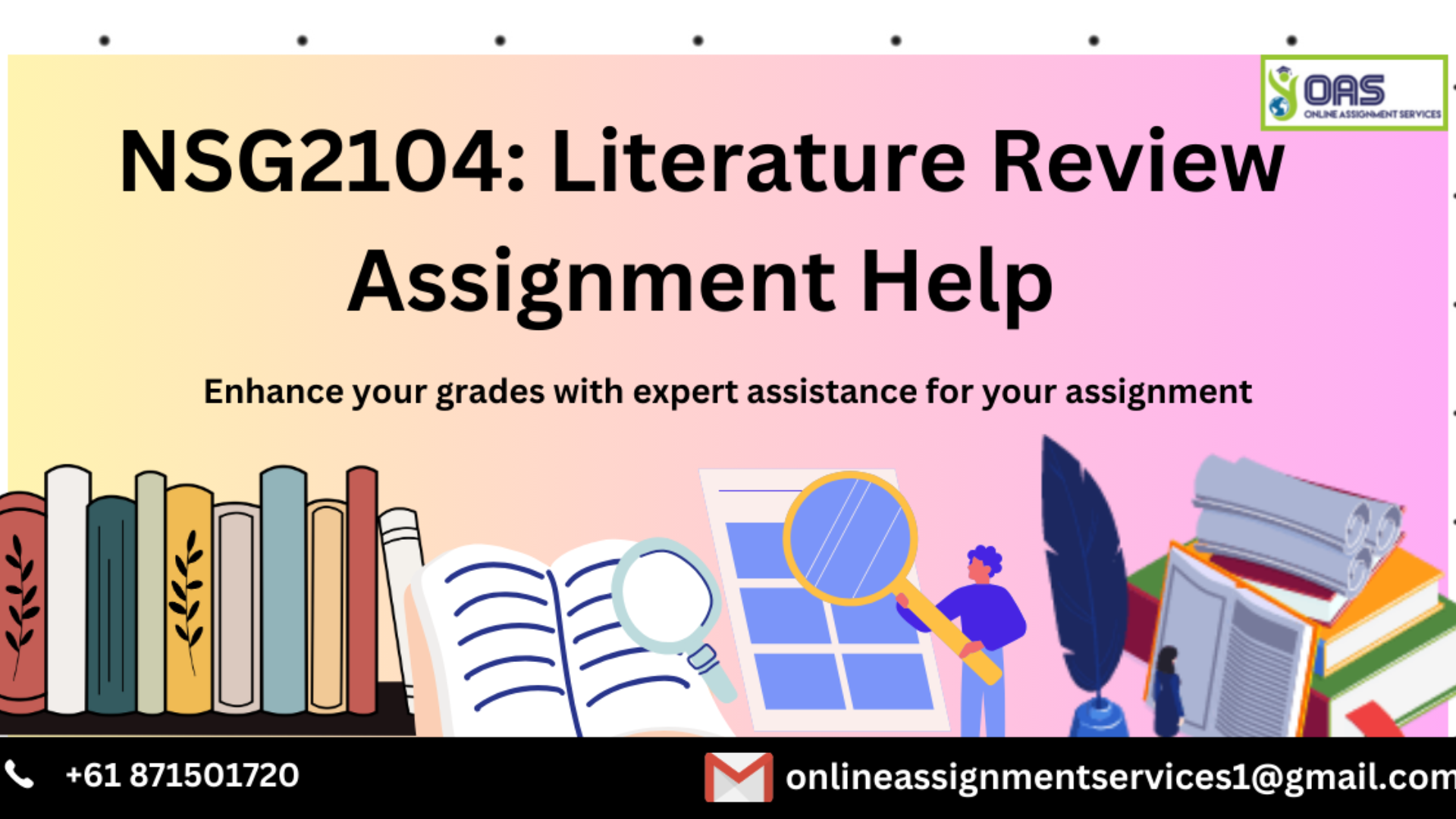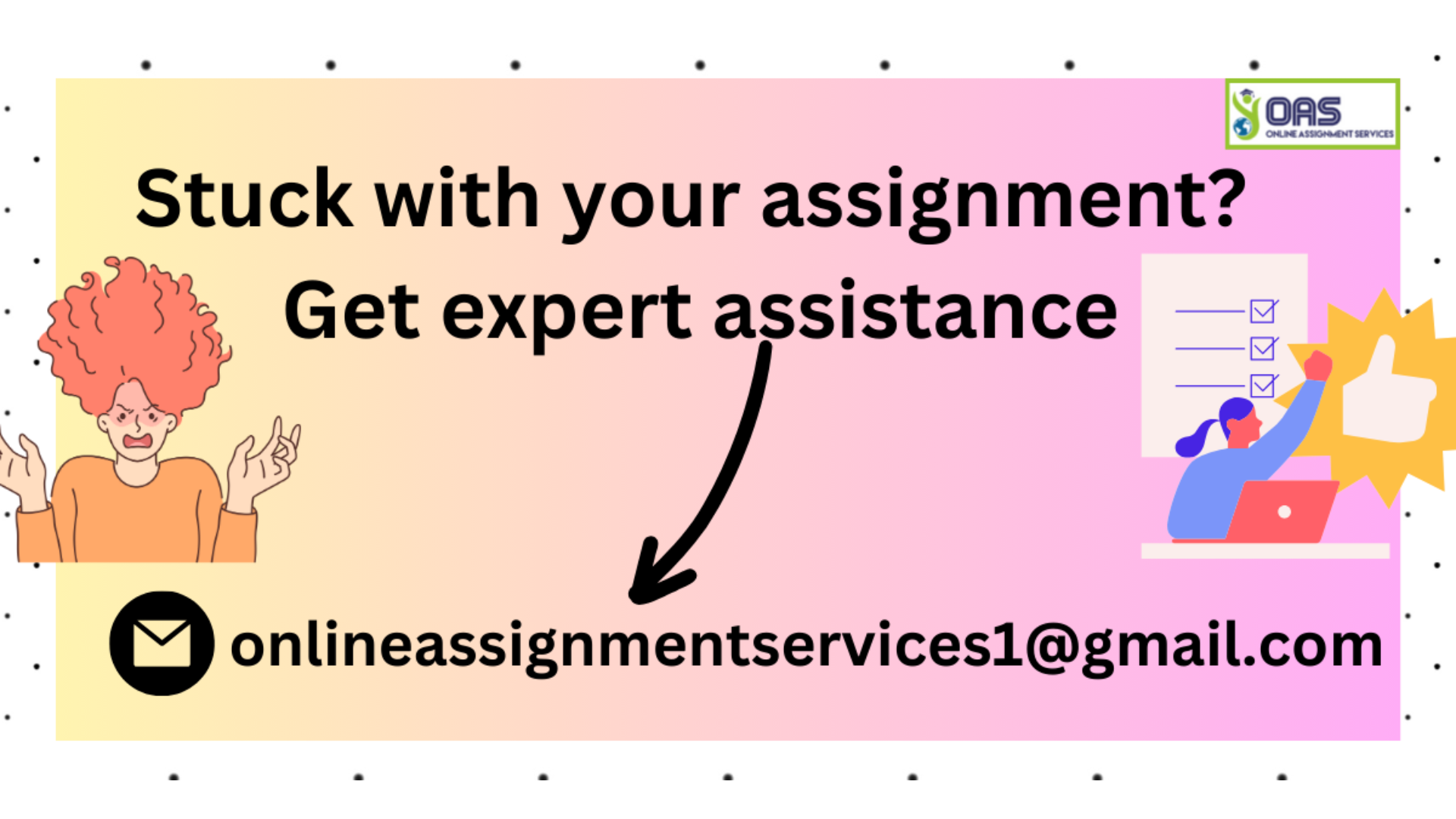NSG2104: Literature Review Assignment Help

Question
NSG2104: This Research in Nursing literature review assignment for Holmesglen Institute requires the student to choose one of the case studies provided and assess a health issue associated with it. Based on the selection of this health issue, a comprehensive literature review is to be provided.
Solution
The case study chosen for this assessment revolves around Rosa Flores, a 72-year-old woman working in Aged Care settings providing care to patients. Rosa experienced an incidence of stroke on a normal day of work. She has a medical history of hypertension, depression, anxiety, Hypercholesteremia, Vitamin D deficiency, and 3 C-Sections, and she is also a heavy smoker.
The health issue that is dealt with in this literature review is the case of hypertension in older adults. The literature review consists of four sections- an Introduction to the results of all the significant relevant studies related to the subject matter, an extensive discussion, and a brief conclusion.
Introduction
In this section, a brief introduction to the case study as well as the aim of writing this literature review is highlighted. Keep on reading to get insights about how our experts provide comprehensive solutions.
Ischemic stroke is characterised by blockage of blood vessels, which restrict the blood supply to the brain, resulting in the loss of blood, nutrients, oxygen and removal of metabolic waste. Major risk factors include hypertension, Diabetes mellitus, excessive smoking/alcohol consumption, and obesity (Chugh, 2019). Keeping these risk factors in mind, this literature review aims to focus on hypertension, as it has been identified as a major health issue in context of the case study.
This is only half of the introduction. Do you wish to read the entire part? Reach out to us on WhatsApp at +447700174710.
Results
The solution then provides a results section. Our experts have divided the results section into three parts, based on the different themes that came across from the analysis of relevant studies on hypertension.
Theme 1: Hypertension as a Risk Factor
The first theme identified is about how hypertension becomes a risk factor for other health issues. Please read through this section to know more!
Blok et al. (2016) conducted a retrospective cohort study of years and found that, there is a collective association of ischaemic stroke and intracranial haemorrhage to increased blood pressure. The findings were similar to a systematic research by Buford (2016) which additionally states that the prevalence of hypertension only increases with age, causing a number of collateral health risks (such as stroke), hence posing a prime public health concern.
Theme 2: Importance of Managing Hypertension
The next theme highlights how our experts have examined the significance of the management of hypertension. Our experts have written well-evidenced paragraphs, half of which you can read below.
A cross sectional study conducted by Joffres et al. (2012) suggested that treating hypertension diminishes the probability and incidence of stroke, cognitive impairment and other mortality causing diseases. Agreeing with findings by Joffres et al. (2012), a double-blind placebocontrolled study by Warwick et al. (2015) postulated that managing hypertension is still a subject to debate and needs precise parameters, accurate diagnosis and identification of all the contributing factors. The two studies however differ in that Joffres et al. (2012) has stressed on importance of individualization of treatment according to the other associated cardiovascular risk factors, while the aspect of individualization is missing from Warwick et al. (2015).
The last section proposes specific management strategies that can be employed by patients suffering from hypertension. Data provided by our experts constitute studies from both qualitative and qualitative research to support answers which demonstrate in-depth research on the topic.
A randomized control trial by Zhang et al. (2021) states that antihypertensive treatments are safe and effective in management of ischemic stroke in patients with high level of BP. The initial approach in controlling hypertension compromises of controlling detrimental dietary habits, weight reduction, stress management, tobacco cessation, and including active lifestyle (Beigi et al., 2014).

This is only a snippet of the answer written by our expert. To get the complete solution, reach out today- onlineassignmentservices1@gmail.com.
Discussion
The discussion section incorporates a critical analysis of the studies which are reviewed above. This presents an understanding of how these studies are relevant to the present topic of interest, while also discussing its strengths and limitations.
One of the strengths of the retrospective cohort study by Blok et al. (2016) is that it includes a large homogenous sample size. Another strength of the study is its non-biasness in sample collection. However, its limitation is the exclusion of patients with co-morbidities. Similar to Blok et al. (2016) the clinical guidelines by Qaseem et al. (2017) also derives its strength from the leveraged data obtained from multiple high-quality studies. However, its weakness is that the data collected is limited and unspecific and does not produce sufficient evidence regarding hypertension management protocol hence creating uncertainties. Similar drawbacks have also been observed in three more studies (Warwick et al., 2015; Buford, 2016 and Umpierreet al., 2019). Meanwhile, research by Gorelick et al. (2020) is able to properly address and tabulate individualised treatment protocols for different patients making it one of the most elaborative research. However its limitations are that it neither linked the important biomarkers in antihypertensive treatment nor it could determine consequences of BP variabilities to stroke.
Want to read more? Don’t hesitate to WhatsApp us at +447956859420.
Conclusion
The last part of the solution is the conclusion. Our experts provide a clear and concise summary of the findings of the literature review.
The results of this literature review comprehend how hypertension is a major modifiable risk factor for ischemic stroke in older people. Hence screening and management of hypertension is crucial in preventing the risk of stroke. The key component in antihypertensive treatment is based on the amalgamation of educational intervention and clinical management.
This 50% solution has been presented for guidance purposes only. Need assistance with your literature review assignment? Give us a call at +61871501720.

